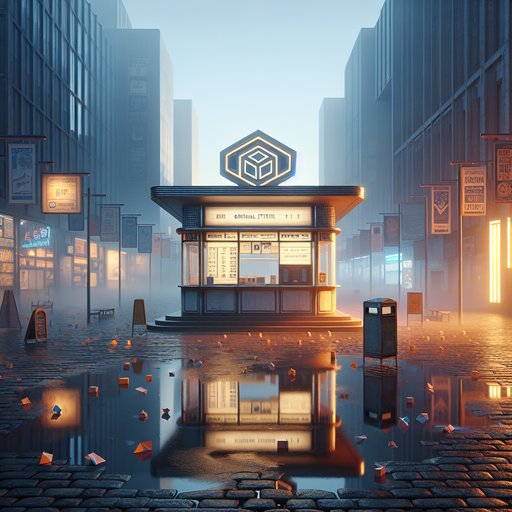
The athletic footwear giant Nike is collaborating with Dephy, a robotics company spun off from the MIT Media Lab, to adapt bionic footwear technology into powered sneakers designed for consumer use. The ExoBoot technology, originally developed for military and industrial applications, is being reimagined as a performance-enhancing athletic shoe that could revolutionize how people approach physical activity. This development represents a significant step toward making wearable robotics accessible beyond specialized professional contexts, potentially bringing exoskeleton technology to everyday athletes and fitness enthusiasts. The partnership signals growing interest in human-machine augmentation as companies explore ways to enhance physical capabilities through wearable devices.
Dephy's ExoBoot technology forms the foundation of this innovative footwear collaboration, marking a transition from specialized industrial use to mainstream athletic applications. According to [1], the ExoBoot was created by Dephy after the company emerged from MIT Media Lab's research environment. The technology has been adapted from its original military and industrial purposes to create what [2] describes as being "like an e-bike for your feet," suggesting the powered sneakers will provide motorized assistance to enhance leg performance during physical activity.
The collaboration between Nike and Dephy represents a broader trend in wearable robotics moving from niche applications into consumer markets. The technology embedded within the sneakers contains an exoskeleton designed to boost leg performance, potentially reducing fatigue and extending endurance during running, walking, or other athletic pursuits. This consumer-focused application differs significantly from the ExoBoot's original design intentions, demonstrating how robotics companies are finding new markets for their innovations by partnering with established consumer brands.
The development comes amid growing innovation in exoskeleton technology across various sectors. Other recent advances include soft robotic elbow exoskeletons designed to reduce muscle activity and perceived workload for industrial workers, as reported by [3], and modular systems like Ascentiz offering swappable hip and knee support according to [4]. Additionally, outdoor exoskeletons like the Hypershell Pro X are bringing power assistance to recreational activities, as reviewed by [5].
The Nike-Dephy partnership could accelerate mainstream adoption of augmentation technology by integrating it into familiar consumer products. By embedding robotic assistance within recognizable athletic footwear rather than requiring users to adopt entirely new device categories, the collaboration may overcome adoption barriers that have historically limited exoskeleton technology to specialized professional environments. The success of this venture could determine whether powered wearables become commonplace in everyday athletic and recreational contexts.
- Dephy's Bionic Footwear is Being Adapted Into Nike Powered Sneakers
- Nike’s New Sneaker Contains an Exoskeleton to Boost Your Leg Performance
- Pneumatically actuated, soft wearable robotic elbow exoskeleton for reducing muscle activity and perceived workload
- Ascentiz: The Modular Exoskeleton With Swappable Hip and Knee Support
- Review: First outdoors exoskeleton puts real power in your stride
























